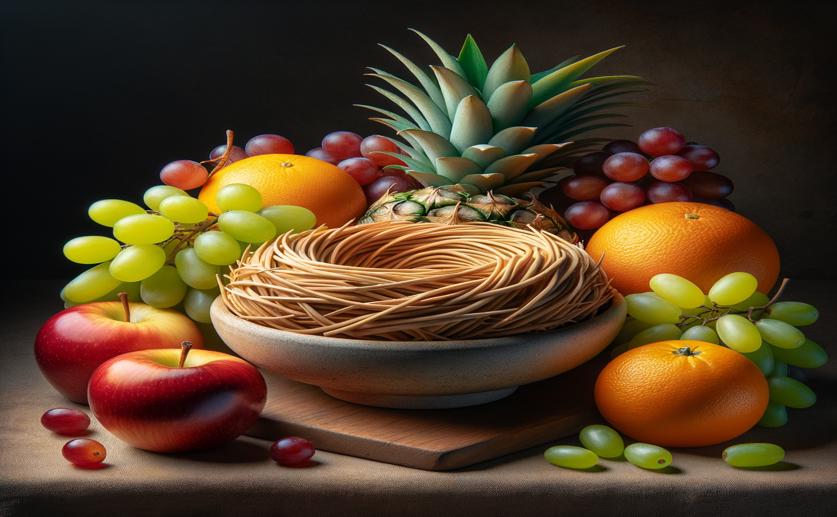
Using Fruit Juices to Boost Health Benefits of Edible Bird's Nest
Greg Howard
23rd May, 2024

Image Source: Natural Science News, 2024
Key Findings
- Researchers from Nguyen Tat Thanh University found that enzymatic hydrolysis using fruit juices and commercial enzymes significantly improves the solubility and bioactivity of Edible Bird's Nest (EBN)
- Pineapple juice and bromelain were the most effective, achieving the highest degree of protein breakdown and increasing soluble protein and free sialic acid content in EBN
- EBN hydrolysates treated with fruit juices showed enhanced antioxidant, anti-tyrosinase activities, and improved wound healing compared to those treated with commercial enzymes
References
Main Study
1) Employing fruit juices to hydrolyze edible bird's nest and enhance the antioxidant, anti-tyrosinase, and wound-healing activities of the hydrolysates.
Published 30th May, 2024 (future Journal edition)
https://doi.org/10.1016/j.heliyon.2024.e30879
Related Studies
2) Edible Bird's Nest: The Functional Values of the Prized Animal-Based Bioproduct From Southeast Asia-A Review.
3) A Study on the Skin Whitening Activity of Digesta from Edible Bird's Nest: A Mucin Glycoprotein.
4) The expression of sialylated high-antennary N-glycans in edible bird's nest.



 2nd April, 2024 | Jenn Hoskins
2nd April, 2024 | Jenn Hoskins